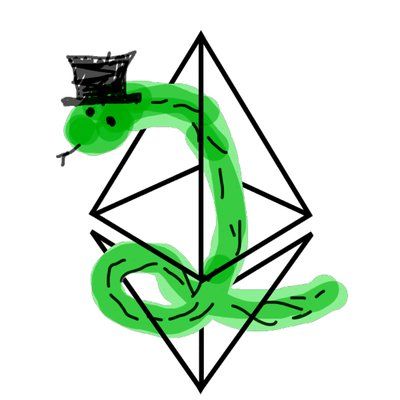The Aperture - vol. 2
"The Aperture" is a recurring series covering the development of the Portal Network
Welcome to the second volume of "The Aperture". This series covers the development efforts surrounding the Portal Network.
TLDR
- Continued work towards a public testnet for the State Network
- Client updates underway for Fluffy and Trin based on the recently merged Portal Wire Protocol.
- Lots and lots of baseline functionality being built
- Research into leveraging existing LibP2P functionality.
- Ultralight wants help with their implementation
Progress Towards a Testnet
Each of our client teams is working towards getting the basic functionality in place for us to establish the initial overlay networks in a live environment. These efforts got slowed down some by the recent work to establish a common wire protocol across all portal networks. We expect the common wire protocol to ultimately accelerate development since it creates architecture that can be re-used across all of the different networks.
Building out "baseline" functionality
There are many small units of functionality that will eventually be stitched together. Each of the various implementation teams has been chipping away at this work:
- an implementation of uTP for Fluffy as well as adjustments for the recently merged Portal Wire Protocol
- A library for Trin to handle MPT access and manipulation and machinery to handle liveliness checks for the Trin overlay routing tables.
- Basic PING and PONG message decoding for Ultralight
The Portal Network over LibP2P
One of the participants in the second cohort of the Core Developer Apprenticeship Program has chosen to explore what parts of the portal network functionality can be mapped cleanly onto existing LibP2P architecture.
If this project proves viable, it provides a long term direction for some of the most "boring" portal network functionality to be migrated over onto a general purpose storage network. The major benefit here would be leveraging the network effects of IPFS and Filecoin.
Ultralight continues browser research
Ultralight is a proof-of-concept implementation of a portal client that is able to run in the browser through the use of a thin proxy. Up until now, that client has not actually implemented any of the portal network specific functionality, and has instead focused on proving that we can run the base Discovery v5 protocol in this proxied manner.
The team is now taking the next steps to start implementing the portal network specific functionality.
They have also issued an open call for contributors who would like to get involved.


